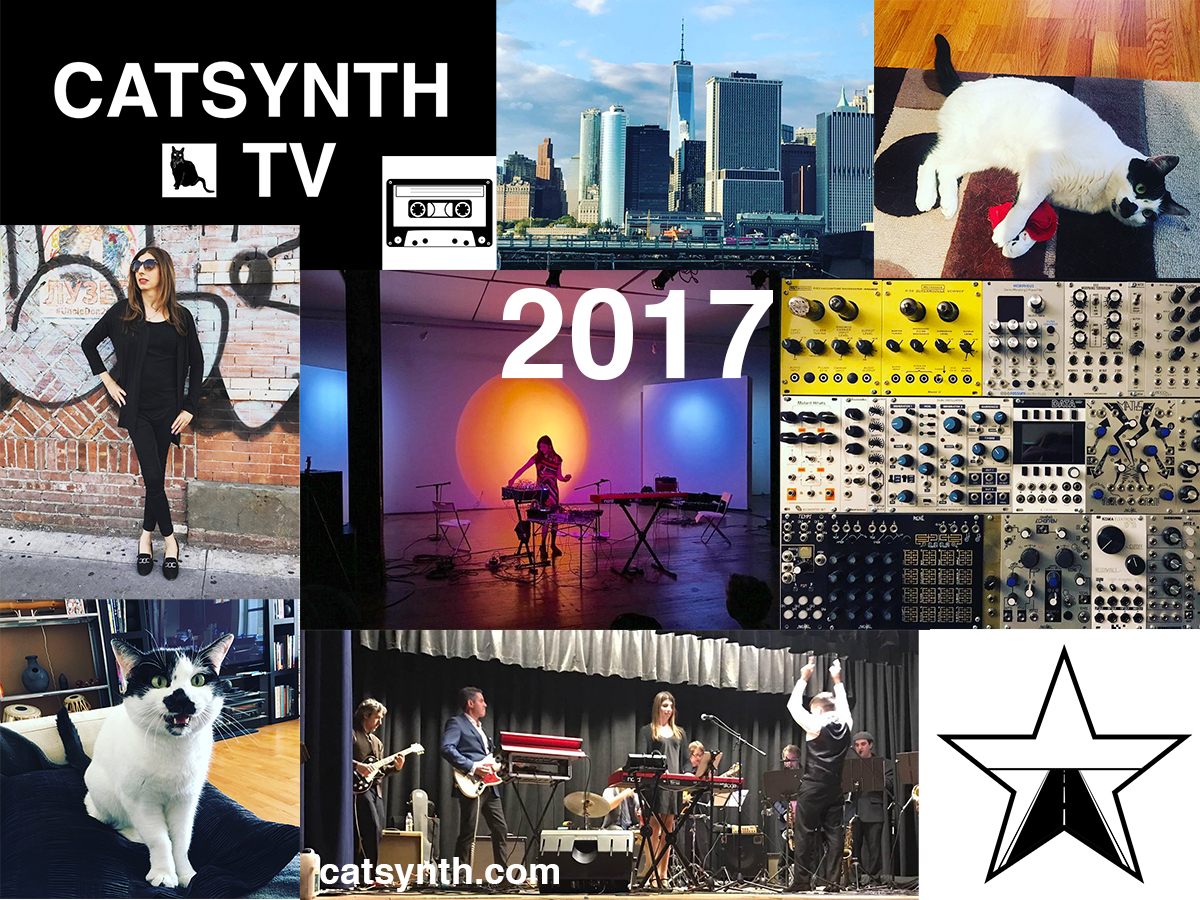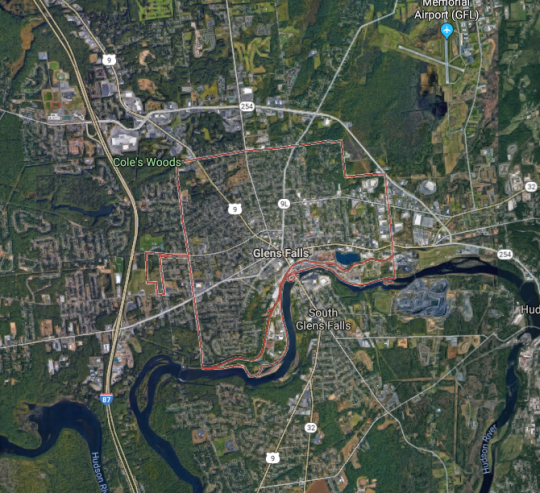Our initial report from MoMA focused on the current exhibition of print and 2D works by Louise Bourgeois. But in November, the entire museum was a trove of intriguing exhibitions – even with the current construction – and today we look at four more of them.
We begin with Max Ernst: Beyond Painting, a survey exhibition built around the celebrated Dada and Surrealist artist’s frequent description of his own practice as “beyond painting.” It does actually include paintings, but also is many early drawings and works on paper as well as his sculptures and early conceptual work.
Ernst first came to prominence as the founder of the Cologne branch of Dada after World War I (in which he served in the German army). Like other in the Dada movement, much of his work was deliberately provocative and low-fi and went outside of traditional artistic practice. One of the seminal works from this early period was the portfolio Let There Be Fashion, Down with Art, which mixes technological drawings, equations and other elements in absurd and non-sensical ways. Despite the tone and organizing concept, some of the individual illustrations are quite beautiful.

In the above page, we see a feminine figure juxtaposed with geometric and architectural elements. It could have easily been one of Louise Bourgeois’ drawings from three decades later! It also reminded me of the composition in some of my photography.
“Beyond Painting” did include paintings, particularly from Ernst’s surrealist period after relocating from Cologne to Paris.

[Max Ernst. The Nymph Echo (La Nymph Écho). 1936. Oil on canvas.]
The hard-edged lines have given way to the dreamy organic shapes frequently employed in surrealism. But Ernst’s renderings have more of a biological feel – there is abundant vegetation, and some elements appear as microscopic life forms but on a human scale.
Despite his reputation as a provocateur within the often dark worlds of Dada and surrealism, Ernst’s work often has a very playful quality, even endearing at times. That comes out most in his sculptures, some of which can even be described as “adorable”

[Max Ernst. An Anxious Friend (Un ami empressé). 1944 (cast 1973)]
This one, in particular, is worth walking around, as there is another figure on the back side.
The exhibition culminates with 65 Maximiliana, an illustrated book co-created with book-designer Iliazd.
[Max Ernst. Folio 10 from 65 Maximiliana or the Illegal Exercise of Astronomy (65 Maximiliana ou l’exercice illégal de l’astronomie). 1964. Illustrated book with twenty‑eight etchings (nine with aquatint) and six aquatints by Ernst and letterpress typographic designs by Ilia Zdanevich (Iliazd). Page: 16 1/16 × 12 1/16″ (40.8 × 30.7 cm). Publisher: Le Degré 41 (Iliazd), Paris. Printer: Georges Visat. Edition: 65. The Museum of Modern Art, New York. Gift of David S. Orentreich, MD, 2015. Photo: Peter Butler. © 2017 Artists Rights Society (ARS), New York / ADAGP, Paris.]
In addition to Ernst’s aquatint illustrations and Iliazd’s fanciful typography, the book also features a completely invented hieroglyphic script by Ernst. It brings his career full circle to those early Dada books from Cologne.
As described above, beauty and artistic interest often originate outside traditional artistic practices. The exhibition Thinking Machines explores the artistic ideas that emerged alongside early computer technologies as well as the beauty of the devices themselves.
It is easy in the age of ubiquitous, distributed, and often invisible computing that the most powerful computers were singular and central elements of many workplaces and institutions. The Thinking Machines CM-2, made in 1987, both fits in the emerging dystopian future imaged in the era but also collapses complexity to beautiful patterns in the red LEDs against the black cubic casing. Apple has always been known for their design, and some of their early offerings were featured, including the Macintosh XL (successor to the infamous Lisa).

While the machines themselves were works of art, artists immediately saw their potential for exploring new ways of creating – we can only imagine what Max Ernst might have done with these technologies! But we don’t have to imagine with others, such as John Cage. Here we see both the score and record for HPSCHD, his collaboration with Lejaren Hiller that featured computed chance elements and computer-generated sounds on tape alongside live harpsichords.

The intersection of music and technology is at the core of what we do at CatSynth, but we have also long been interested in technology in other arts. The exhibition included samples of sonakinatography, a system of notation for motion and sound developed by Channa Horwitz.

The notation system uses numbers and colors arranged in eight-by-eight squares and can be used to represent music, dance, lighting, or other interpretations of motion over time. The notation and a proposed work were submitted by Horwitz for 1971 Art and Technology exhibit at LACMA – although the proposal for the piece with eight beams of light was included in the catalog, it was never fabricated. Horwitz work was buried beneath the work of male artists and she was not invited to speak or meet with industry representatives collaborating on the exhibition. This led to an outcry about the exhibition’s lack of women, a problem that echoes to this day in the world of art and technology. Fortunately, women were recognized in this MoMA exhibition of early technology in art. In addition to Horwitz, we saw work by Vera Molnár, a pioneer of computer art. In the print below, she digitally riffs on a drawing by Paul Klee.

Surprisingly, MoMA has rarely delved deeply into fashion in its exhibitions. For a long time, the biggest major exhibition the museum held for this medium was Bernard Rudofsky’s 1944 exhibition Are Clothes Modern?. But the museum is revisiting the topic in a major way with the current Items: Is Fashion Modern? a deliberate play on Rudofsky’s original title. The exhibition includes 111 garments and accessories and places them in both conceptual and chronological organizations. There are of course mainstays of fashion such as the “little black dress.”

It is hard to look at a fashion exhibition without thinking “Would I or would I not wear this?” In the above example, the dress on the left is something I would wear, while the one on the right is something I would not (except perhaps as a costume for a film, etc.). But side by side they show a range of tastes and styles and how they shape and reflect our images of our own bodies. The most intriguing design in the “I would wear this” category was this dress from Pierre Cardin’s “Cosmos Collection”. Even if this was intended to represent “the future”, I could see it easily working in the present, whether the present is 1967 or 2017.

[Cardin. COSMOS]
The exhibition did also touch on new technologies and innovations, such as with this dress that uses 3D printing technology.

[Jessica Rosenkrantz and Jesse Louise-Rosenberg. Kinematics Dress. 2013. Laser-sintered nylon.]
Of course, not all fashion is “high fashion”, and the exhibit deliberately covered both. There were the ionic baseball caps of the New York Yankees and their evolution over the years (someone had to design each one of them). And even a display of Jewish kippas, ranging from the simple to the whimsical.

I was particularly amused to see the Yankees-themed kippa. It was two “religions” colliding.
Our final exhibition is the MoMA’s large and comprehensive retrospective of works by photographer Stephen Shore. I have to admit, I was not particularly acquainted with Shore’s work, and after touring the exhibition I realize I should have been. In many ways, Shore’s work is photography writ small, often employing simple camera technologies, including a novelty Disney toy camera from the 1970s and Instagram on an iPhone in his current work. And his subjects range from the foment of 1960s New York and Andy Warhol’s Factory to stark rural landscapes.

[Stephen Shore. New York, New York. 1964. Gelatin silver print, 9 1/8 × 13 1/2″ (23.2 × 34.3 cm). © 2017 Stephen Shore, courtesy 303 Gallery]

[Stephen Shore. U.S. 93, Wikieup, Arizona, December 14, 1976. 1976. Chromogenic color print, printed 2013, 17 × 21 3/4″ (43.2 × 55.2 cm). The Museum of Modern Art, New York. Acquired through the generosity of Thomas and Susan Dunn. © 2017 Stephen Shore]
I particularly like the “ordinary” nature of some of the settings, main streets, highways, abandoned booths. The juxtaposition of New York against the small town and rural landscapes feels quintessentially American. Shore was also known for working in color, especially after leaving New York – this was something that wasn’t done so much in the world of art photography at the time. He also deliberately subverted the idea of art photography at times, including in his 1971 exhibition All the Meat You Can Eat, which was composed mostly of found imagery (commercials, postcards, snapshots) in dissonant arrangements that were more theatrical than anthropological.
Shore also did commission work. A few of these took him abroad, including to Israel, where he combined his interests in photography and archaeology. His most recent work fully embraces the modern technology of Instagram sharing – you can follow Shore’s Instagram account – and on-demand printing. The subject matter is varied, often focusing on small-scale or interesting framing of everyday items, but there are also occasional snaps that wouldn’t appear out of place on a tasteful personal account.
It’s not uncommon for me to be inspired to pursue my own work after an exhibition. This was certainly an example, as Shore’s photography mirrors many of own work in the medium, particularly focusing on place and texture, as well as traveling the country to pursue one’s art. Indeed, the inspiration was a bit more poignant because wondering the images I felt that this was exactly what I should be doing. It perhaps that realization that led me to tear up a bit as I left.






 As we can see from this map, it is just east of Interstate 87, here the Adirondack Northway, so the name for the beer is not at all surprising. US 9 also goes through the town center, as does one of its myriad auxiliary routes, NY 9L, and NY 32 which like US 9 and I-87, follows the Hudson River.
As we can see from this map, it is just east of Interstate 87, here the Adirondack Northway, so the name for the beer is not at all surprising. US 9 also goes through the town center, as does one of its myriad auxiliary routes, NY 9L, and NY 32 which like US 9 and I-87, follows the Hudson River.






































